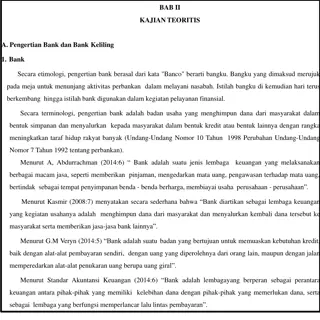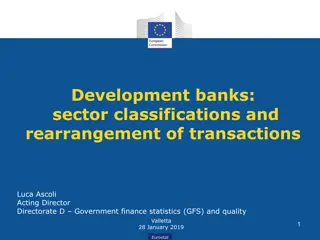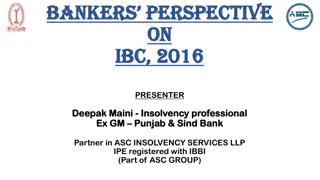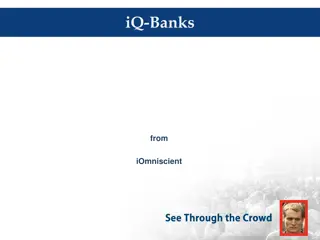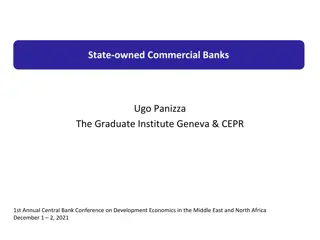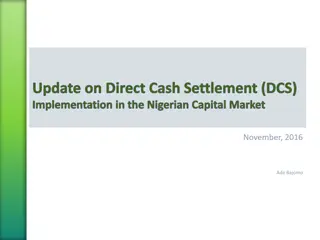
Decentralized Investment Banking Case Study: Discount Dividend-Reinvestment & Stock Purchase Plans
Explore the case study on decentralized investment banking focusing on discount dividend-reinvestment and stock purchase plans. The study aims to test the profitability of discount plans, assess their potential as a substitute for traditional capital raising methods, and analyze the decentralization of investment banking. Discover the process, objectives, results, and key findings of the experiment.
Download Presentation

Please find below an Image/Link to download the presentation.
The content on the website is provided AS IS for your information and personal use only. It may not be sold, licensed, or shared on other websites without obtaining consent from the author. If you encounter any issues during the download, it is possible that the publisher has removed the file from their server.
You are allowed to download the files provided on this website for personal or commercial use, subject to the condition that they are used lawfully. All files are the property of their respective owners.
The content on the website is provided AS IS for your information and personal use only. It may not be sold, licensed, or shared on other websites without obtaining consent from the author.
E N D
Presentation Transcript
Decentralized Investment Banking The Case of Discount Dividend-Reinvestment and Stock-Purchase Plans
Objectives Test the degree to which investors can profit from discount plans by investing $3 million in discount plans, to determine if the discount plan can be a substitute for conventional capital raising methods, and the possibility of the subsequent decentralization of investment banking
Step 1 Identify 74 companies with discount plans concentrated in banking, real estate and public utility industries, and split the 3.6m investment in them. Most of the plans have mostly 5% discount. Source of information: S&P Cumulative Dividends. Telephoned or wrote to the administrators of each plan
Step 2 Purchased a single share in each plan, and then invested in each discount plan in batches Increased average actual discount to 5.26% by avoiding the averaging period in which share price declines Negotiated a favorable commission fee with a broker, and sell the shares immediately after buying them at discounts
Step 3 Purchased insurance against price decline on positions, and opened line of credit to finance Reasons for not using traditional hedging 1. Long in the money put options 2. Short sell 3. Macro hedge
Results As a result, the income of this strategy is $74,600 above bench mark return (Salomon bro 35 bank stock index), and the excess return is 12% per year. Poor stock performance of sponsoring firm doesn t wipe out the discount income
Findings from experiment Eight firms with 5% discount raised 98% of the common/ preferred share they paid, while seven firms with similar financials but no discount only raised 12% Firms with lower discounts, their stocks are traded less actively, making execution costs higher Discount plans doesn t necessarily reduce company s stock price
Conclusions Offering shareholders shares at a discount makes them better off than they would under conventional underwritings Discount stock slows down the rate at which the fund was raised, thus mitigating the adverse selection that might harm the company Offering shareholders shares at a discount also enables companies to raise capital at low cost
Drawbacks Shareholders who purchase small ownership interest in secondary market and then buy disproportionate amount of discounted shares Hard to achieve economies of scale Hard to achieve the same level of discount Hard to negotiate as favorable a commission fee with brokers Regulations and taxations have changed



